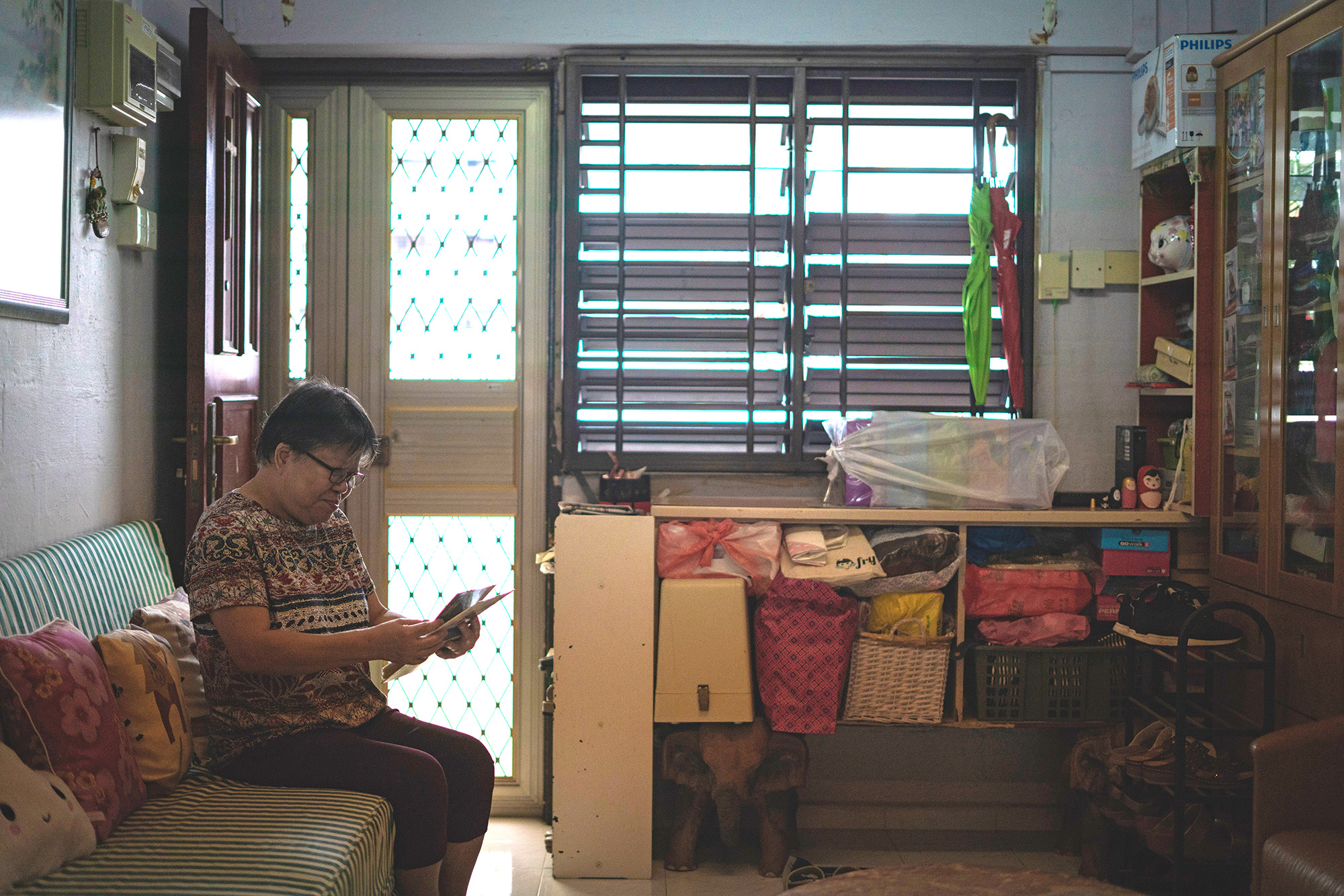
The Workfare Income Supplement Scheme (WIS) is a permanent scheme that helps lower wage workers in Singapore by supplementing their income in cash and CPF top-ups.
Workfare Income Supplement (WIS) aims to support Singaporean workers who are in the bottom 20% in terms of earnings. To support lower wage workers, the WIS is enhanced again for Work Year 2025, as announced in Budget 2024.
Here’s what you should know about WIS and how much eligible Singaporeans will receive each year.
Read Also: 6 CPF Changes Announced In Budget 2024
Eligibility Criteria For Workfare Income Supplement
To be eligible for WIS, you must:
- Be a Singapore Citizen above the age of 30.
- Earn a gross monthly income of between $500 and $2,500 (update: increased to $3,000 w.e.f. 1 Jan 2025) for the month worked and in the past 12 months. Gross monthly income includes basic salary, overtime pay, commissions and bonuses.
- live in a property with an annual value of no more than $21,000 from work year 2024, (increased from $13,000) assessed as of 31 December of the year before.
- own not more than one property.
- if married, you and your spouse together cannot own two or more properties, and the assessable income of your spouse for the preceding Year of Assessment does not exceed $70,000.
NOTE: Persons with disabilities, or workers who qualify for ComCare Short-to-Medium-Term Assistance and caregivers (residing with people medically certified to have permanent moderate to severe disabilities) will qualify for concessionary WIS even they earn less than $500.
Read Also: Needy Singaporeans’ Guide To ComCare Fund Public Assistance Schemes And Eligibility
How To Receive Workfare Payouts
For employees of a company, you will be automatically assessed based on your employer’s CPF contributions. No further action is required on your part. The WIS payout will be made every month with a 2-month delay. For example, you will receive your WIS payout for work done in January at the end of March.
For self-employed persons, you will be assessed on your declared income from the year before. The WIS payout will be once a year after you declared your income and made the necessary Medisave contribution. For example, the last Friday of March in 2019 is the last date to submit your trade income declaration and MediSave contributions for work done in 2018 and the payout will be at end April 2019.
If you worked as both an employee and a self-employed person, you will first be assessed for your work done as an employee and you will receive monthly WIS if you meet the criteria. At the end of the work year, you will be assessed for your eligibility for additional WIS, based on your total income for the year (both employee and self-employed income).
Read Also: Complete Guide To Financial Aid For Primary, Secondary And Tertiary Education In Singapore
What Are The Payouts For Eligible Receipients
Your WIS payout is tiered depending on your age and income earned.
| Age | Maximum Annual WIS | |||
| 2018 & 2019 | From 2020 | From 2023 | From 2025 | |
| 30 – 34 | – | – | $2,100 | $2,450 |
| 35 – 44 | $1,500 | $1,700 | $3,000 | $3,500 |
| 45 – 54 | $2,200 | $2,500 | $3,600 | $4,200 |
| 55 – 59 | $2,900 | $3,300 | $3,600 | $4,900 |
| ≥ 60 | $3,600 | $4,000 | $4,200* | $4,900* |
*From 2023, persons with disabilities will receive the same amount as those aged 60 and above.
If you are an employee, the WIS is paid out in 40% cash and 60% CPF contribution. If you are self-employed, the WIS is paid out in 10% cash and 90% MediSave contribution. You may use the following online calculators to calculate your payout for work done in 2023:
Read Also: Singapore Budget 2024: 24 Things That Will Impact Singaporeans Financially
Workfare Gives More To Workers Without Costing Businesses More
Workfare Income Supplement payouts are undoubtedly a welcome boost for the bottom 20% of income-earners in Singapore to put more in their pockets for daily expenses and medical costs.
We should also note that since WIS is also not a minimum wage, the cost of the additional wage top-ups is borne by the government and not by employers. This has the dual benefit of increasing the earnings of workers, without placing additional costs on businesses.
Read Also: Is The Progressive Wage Model An Alternate (And Better) Form Of Minimum Wage?
This article was originally published on 20 August 2020 and updated to reflect the latest information.
Listen to our podcast, where we have in-depth discussions on finance topics that matter to you.


